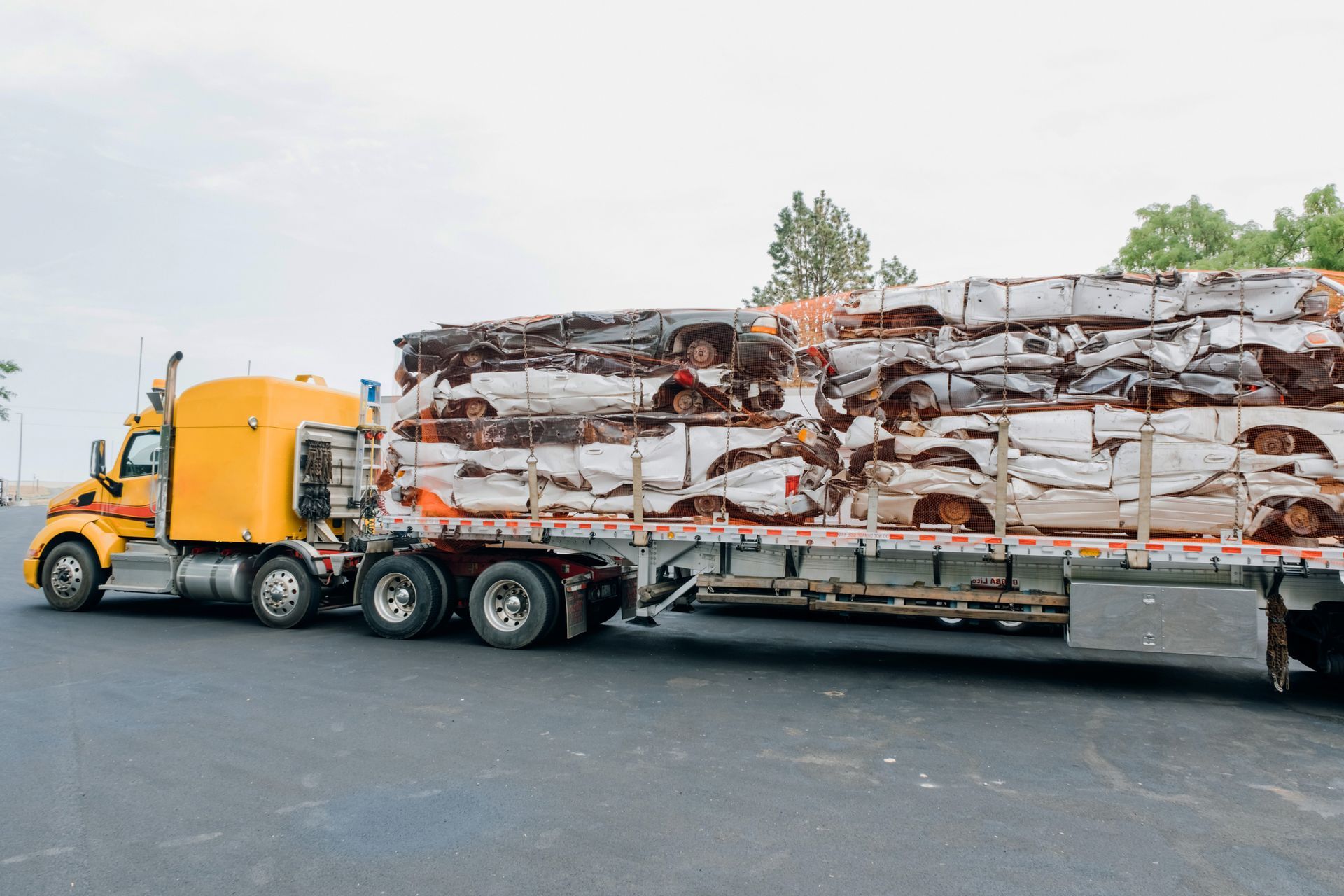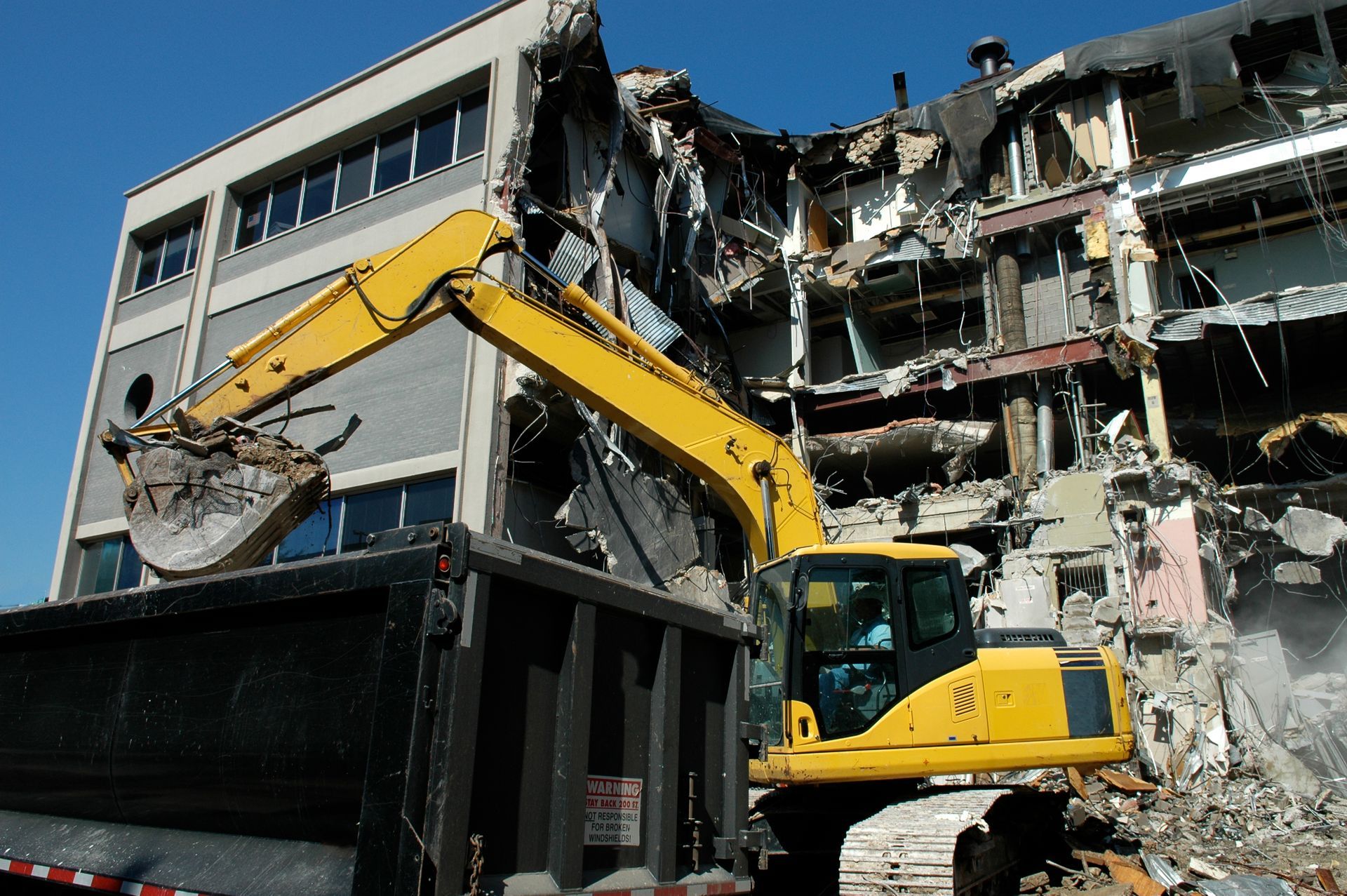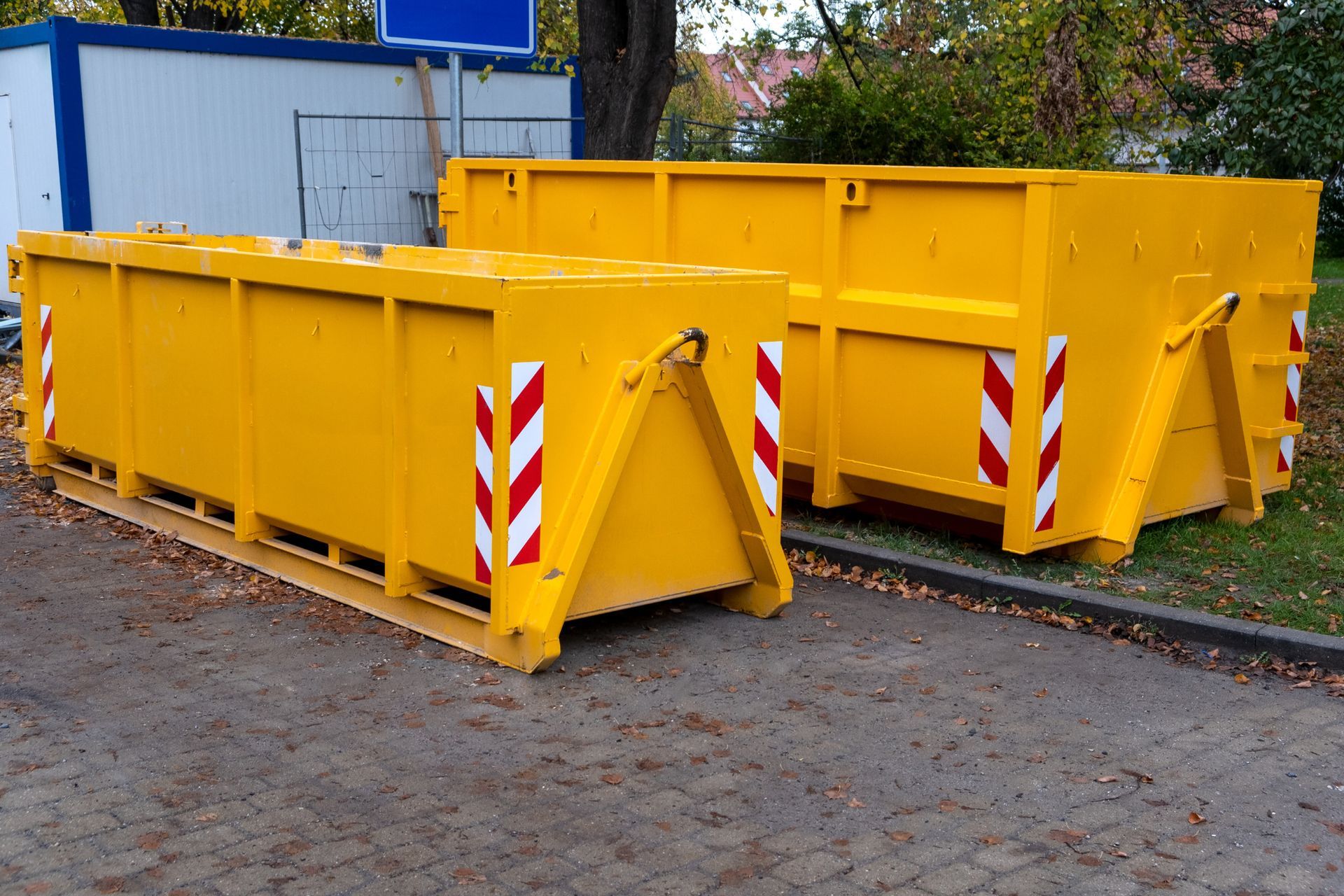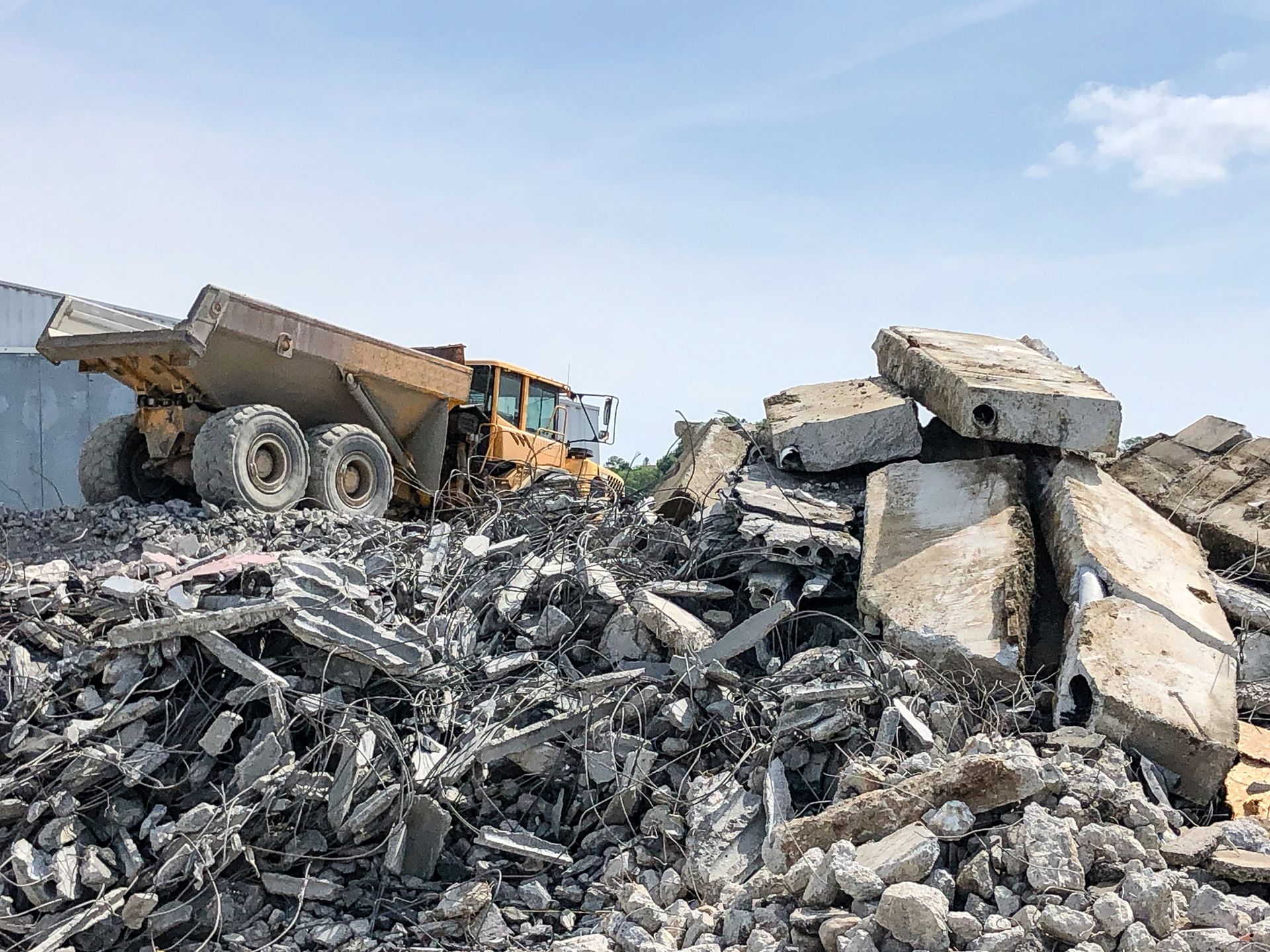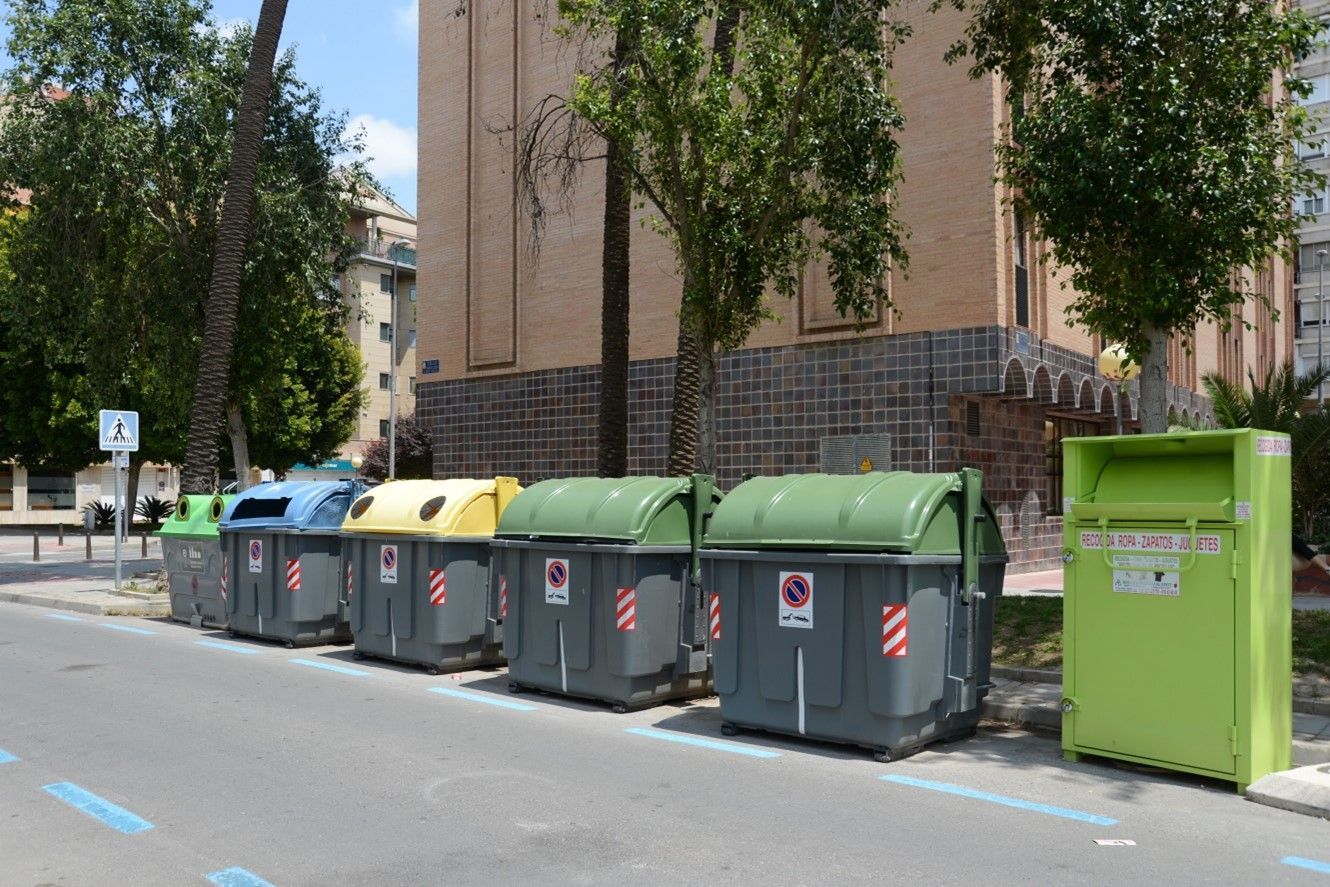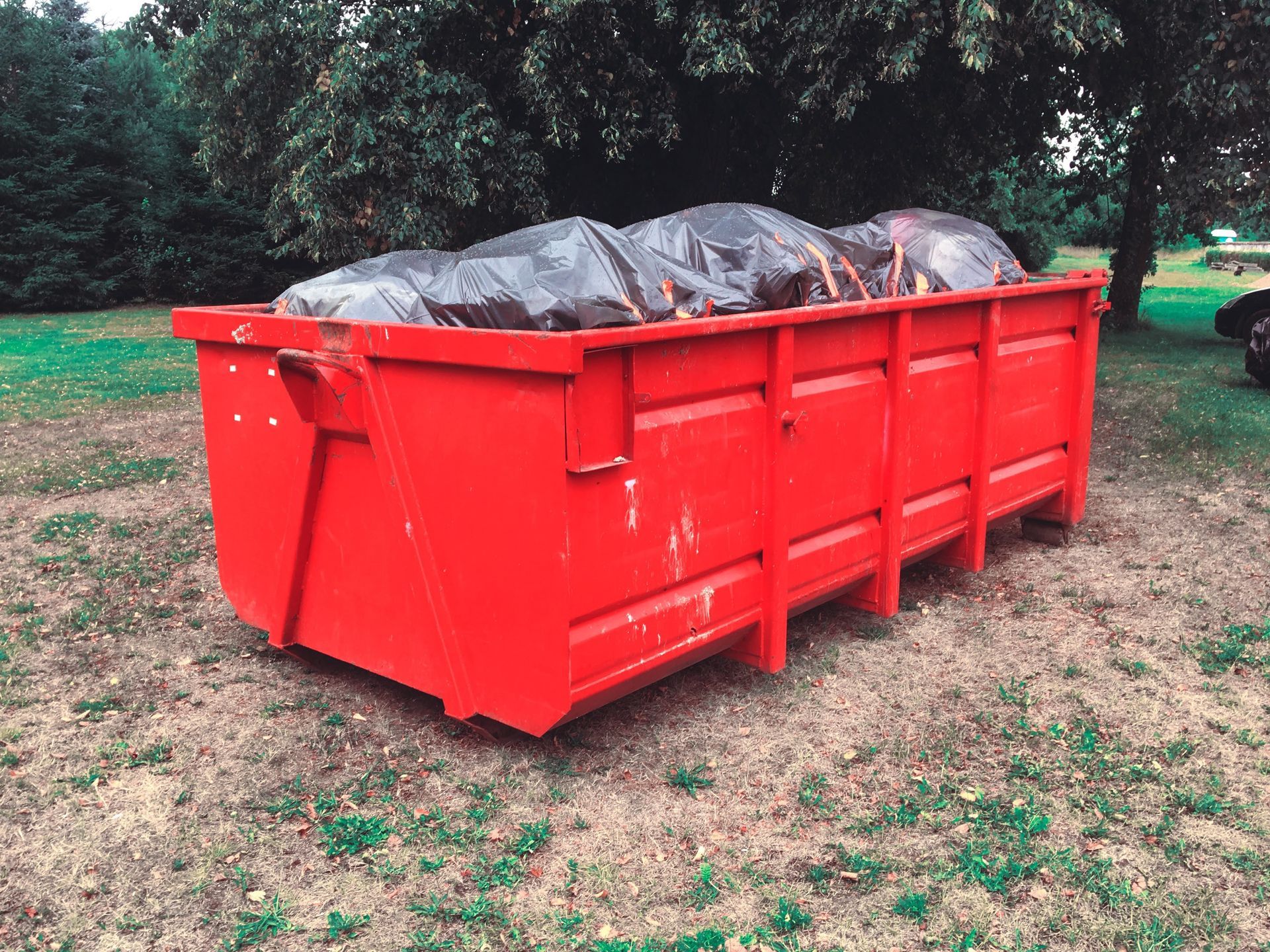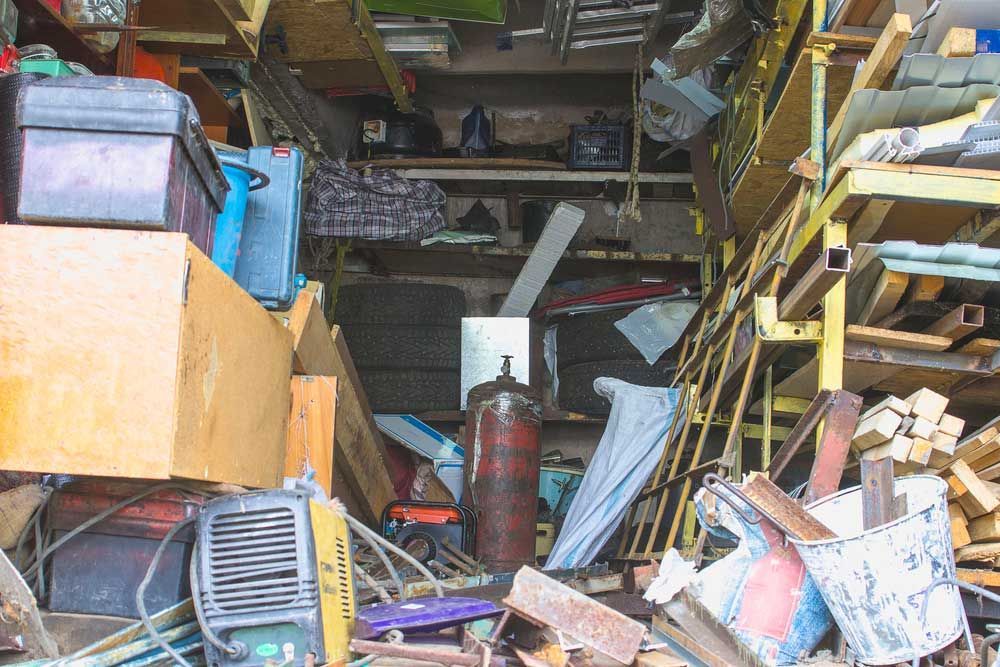The Physical Process of Recycling Metal
Metals are important to our daily lives, but it’s easy to take them for granted. We cook with pots and pans that are made out of metal. Our cars are made up of a number of electrical parts (including the engines). The buildings in which we live have metal supports. Even our favorite beers come in metal cans. Many of the products being used around the world have metals in them, but a lot of them end up in landfills. The good news is that there’s a way to avoid this kind of unnecessary waste by bringing it to a metal recycling facility. Some metals can even be recycled continuously without degrading their properties.
A variety of industries (such as construction, manufacturing, and plumbing) will often bring their scrap metal to a scrap yard for recycling, but homeowners and other individuals can also take advantage of this service. When you bring your scrap metal to the right facility, you can reduce your environmental impact by making sure they end up in the right place. And, you can make a little money in the process.
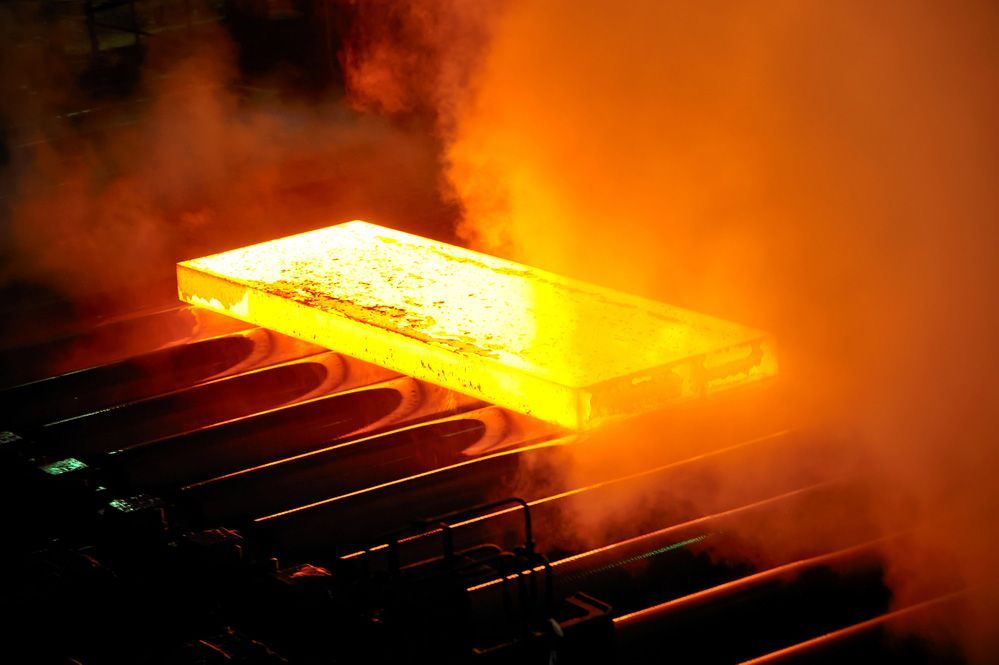
The Steps Involved in Metal Recycling
You might be wondering what happens when metal is recycled, the process that’s involved, and how they’re turned into raw materials so they can be used to make new products. For scrap metal to be recycled, it must go through the following process:
- Collection — The metal is collected from businesses and individuals who drop off electronics, equipment, household appliances, and surplus construction materials.
- Separation — Scrap metal will often arrive mixed up with each other, and it’s important to separate them before they can be recycled. This sorting process for metal recycling makes sure that different metals (such as brass, steel, and aluminum) are put into separate piles. Some of this is done by hand, but most of it is automated with magnets and sensors that can detect different metals for recycling.
- Shredding — Before metals can be recycled, you need to completely remove any leftover plastics or other non-metallic materials. After that, they’re shredded into smaller pieces so they can be melted more easily. It also allows for fewer emissions during the burning process, which makes the metal recycling process more eco-friendly.
- Melting — After the shredding process has been completed, the metals are put into a high-temperature furnace so they can be melted. This can take anywhere from a few minutes to a few hours, depending on the metal’s melting point. This process turns the scrap metal into a molten state, which can be formed into new products.
- Purification — This is done with an electrolysis system that’s used to remove any contaminants or impurities, which can impede the manufacturing process.
- Shaping — Metals that come out of the furnace are shaped into ingots, so they can be manipulated into various shapes (such as bars, tubes, or sheets).
- Delivery — After the newly formed metals have cooled down, they’re delivered to different locations (such as factories and construction sites). These fresh metals can be used to make brand-new items or industrial materials.
If you’re looking for one of the best places for metal recycling in Corpus Christi, be sure to get in touch with Dawson Recycling and Disposal.


